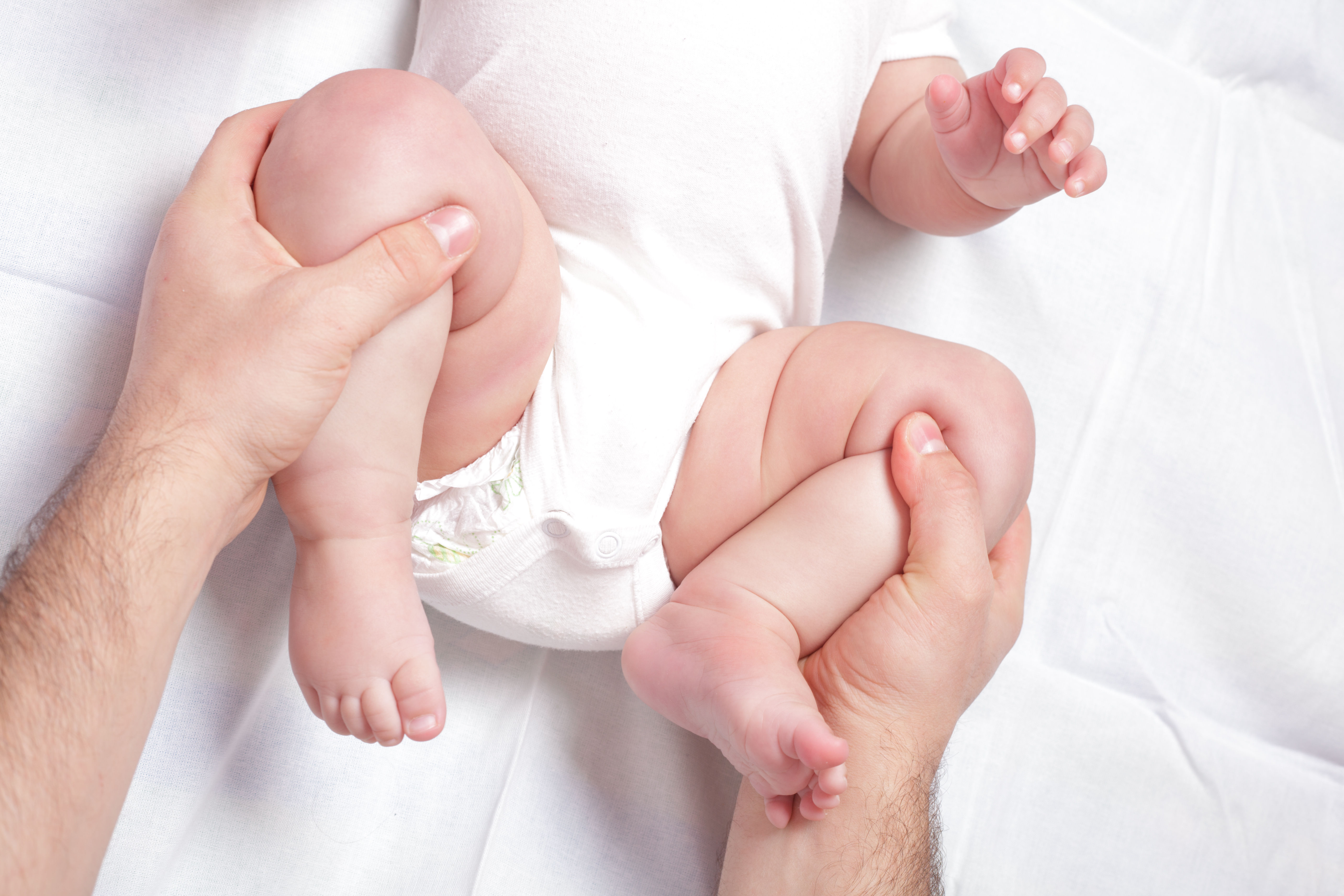DIAGNOSIS
By birth and up to adulthood, proper observation for CHD may be done. A physical exam is the method of diagnosis. The doctor may check your child by gentle maneuvering of the hips and legs while listening for clicking and clunking sounds to determine and track dislocation.
- A force will be applied by the doctor upward, taking a gentle motion to the hips away from the body. This called the Ortolani test. When they gently move them away from the body, the process is called a
- Then, the doctor will apply a downward force moving your child’s hip away from the body. The process is called the Barlow test. Moving away from the body is called adduction.
CHD symptoms also include limping, limited abduction, and a difference in leg lengths. A single affected hip may also be seen in babies.
Babies younger than 6 months are examined by doctors through ultrasound. X-ray is used as a process.
TREATMENT
If a baby is already diagnosed with CHD and is younger than 6 months, it may be treated. Conditions may affect proper treatment. A harness may be worn by the baby for 6-12 weeks. It may be worn all day or just hours.
Unsuccessful treatment using a harness may need surgery. Surgery is done with general anesthesia; it is also known as closed reduction. The other process is called open reduction, where obstacles are removed before positioning the hip and lengthening the tendons of the baby. It will take at least 12 weeks for hips and legs to be cast.
Pelvic osteotomies may be done to reconstruct the hip or femur if the child is 18 months or older and not having a good response to treatment. It is the process of dividing and reshaping the upper part of the femur or the acebellum of the pelvis.


